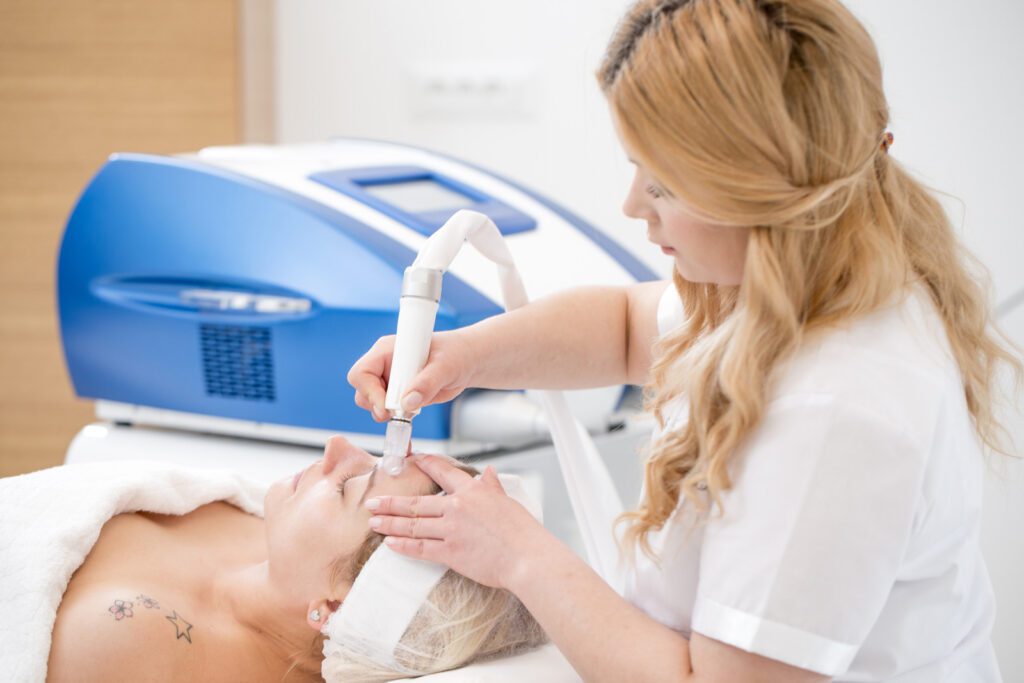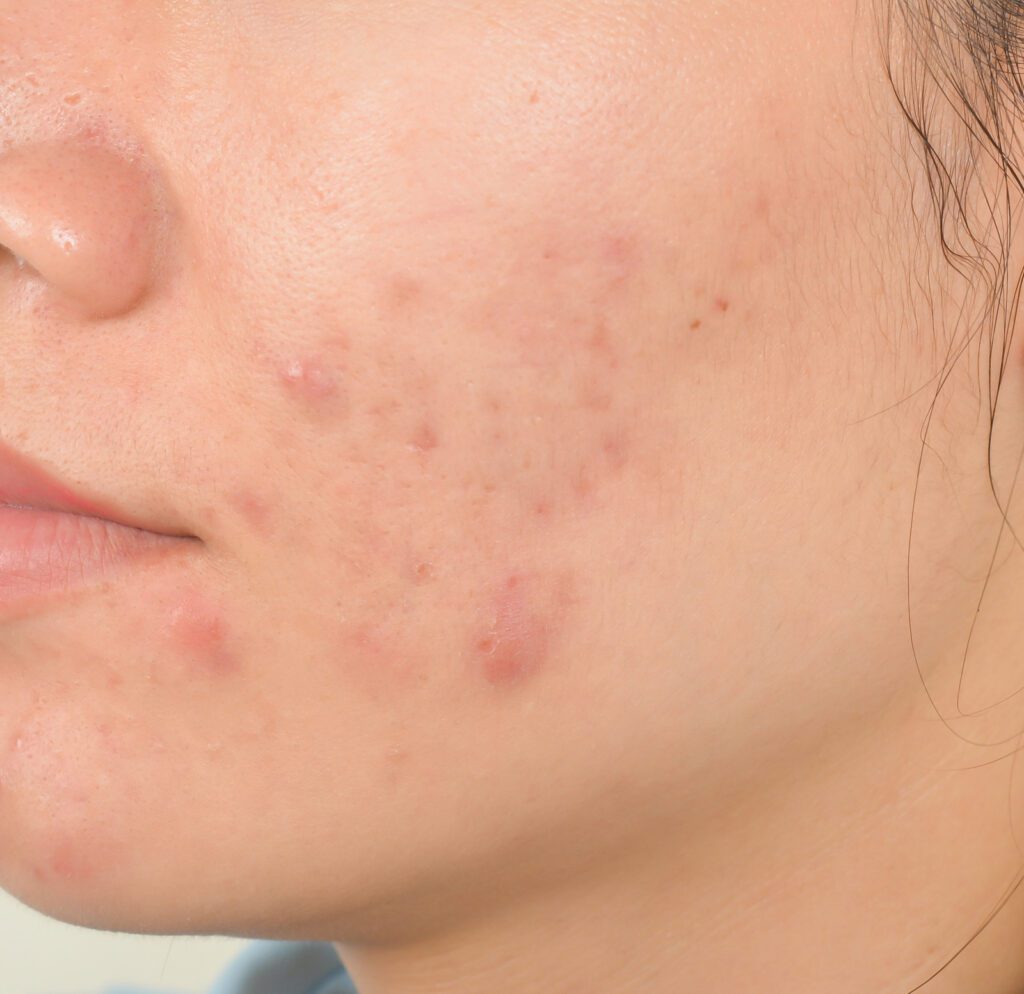
When addressing acne and improving skin health, there are various treatments. However, it is crucial to acknowledge that microdermabrasion should not be relied upon as the sole solution for acne.
Instead, it should be viewed as a supplementary treatment that works with other acne treatment methods. The effectiveness of microdermabrasion in addressing acne varies depending on the individual’s skin condition.
To determine the most suitable treatment plan, it is advisable to consult with a licensed provider who can assess your specific needs.
Understanding Acne
Acne is a common skin condition that affects people of all ages. It occurs when hair follicles become clogged with oil, dead skin cells, and bacteria, leading to inflammation and forming pimples, blackheads, or whiteheads. Factors such as hormonal changes, genetics, and certain medications can contribute to the development of acne.
Living with acne can be challenging, as it affects physical appearance and significantly impacts mental health and self-esteem. Individuals with acne may experience embarrassment, self-consciousness, and even depression. Therefore, finding effective treatments is crucial for restoring confidence and promoting overall well-being.
What is Microdermabrasion?

Microdermabrasion is a non-invasive cosmetic procedure designed to exfoliate and rejuvenate the skin. It involves using a handheld device that removes the outer layer of dead skin cells. This process stimulates collagen production and promotes cell turnover, resulting in smoother and more radiant skin.
The history of microdermabrasion dates back to the 1980s when it was first introduced as a treatment for scars and other skin imperfections. Over the years, advancements in technology have made microdermabrasion more accessible and effective, with various devices and techniques available in the market.
During a typical microdermabrasion session, a trained skincare professional gently glides the device across the skin, targeting the affected areas. The procedure is relatively painless and requires no downtime, making it a convenient option for individuals with busy schedules.
How Does Microdermabrasion Work for Acne?
Microdermabrasion is particularly beneficial for individuals with acne-prone skin. By removing the outer layer of dead skin cells, microdermabrasion helps unclog pores and prevent future breakouts. The exfoliation process also promotes the penetration of acne-fighting products, allowing them to work more effectively.
Furthermore, microdermabrasion stimulates blood flow and increases oxygenation in the skin, which can help reduce inflammation and promote healing. It also encourages the production of collagen, a protein that improves skin elasticity and reduces the appearance of acne scars.
Benefits of Microdermabrasion for Acne
Microdermabrasion offers several benefits for individuals struggling with acne:
- Deep exfoliation: By removing dead skin cells and unclogging pores, microdermabrasion helps prevent the buildup of oil and bacteria that can lead to breakouts.
- Reduced acne scars: The stimulation of collagen production through microdermabrasion can help diminish the appearance of acne scars, giving the skin a smoother texture.
- Improved skin texture and tone: Regular microdermabrasion treatments can result in a more even skin tone and improved overall skin texture, making acne scars and blemishes less noticeable.
Microdermabrasion vs. Other Acne Treatments
While microdermabrasion is an effective treatment adjunct option for acne, it is essential to compare it with other common acne treatments:
- Topical medications: Prescription or over-the-counter topical medications, such as benzoyl peroxide and retinoids, are often recommended for mild to moderate acne. While these medications can be effective, they may cause dryness, redness, and peeling of the skin, which microdermabrasion can help alleviate.
- Chemical peels: Chemical peels involve applying a chemical solution to the skin, causing it to exfoliate and peel off. They can help treat acne and improve skin texture, but they may involve more downtime and require more extensive aftercare than microdermabrasion.
Risks and Considerations

As with any cosmetic procedure, there are potential risks and considerations to be aware of before undergoing microdermabrasion for acne:
- Sensitivity: Individuals with sensitive skin may experience redness, irritation, or temporary sensitivity after microdermabrasion. It is essential to discuss any concerns with a skincare professional before proceeding with the treatment.
- Not suitable for severe acne: Microdermabrasion is generally recommended for mild to moderate acne. If you have severe or cystic acne, it is best to consult a dermatologist who can recommend more appropriate treatment options.
- Multiple sessions may be required: While some individuals may see improvements after a single session, most need multiple microdermabrasion treatments to achieve optimal results. It is essential to be consistent and follow the skin care professional’s recommendations.
Conclusion
Microdermabrasion can be a valuable adjunct acne treatment, providing benefits such as deep exfoliation, reduced acne scars, and improved skin texture. However, it’s crucial to consult a licensed provider to determine the most appropriate treatment plan for your specific skin condition.
At Saint Aesthetix, we believe in the efficacy of microdermabrasion and are dedicated to delivering exceptional results and ensuring your satisfaction. Book an appointment with us today, and let us be your partner on your skincare journey!


